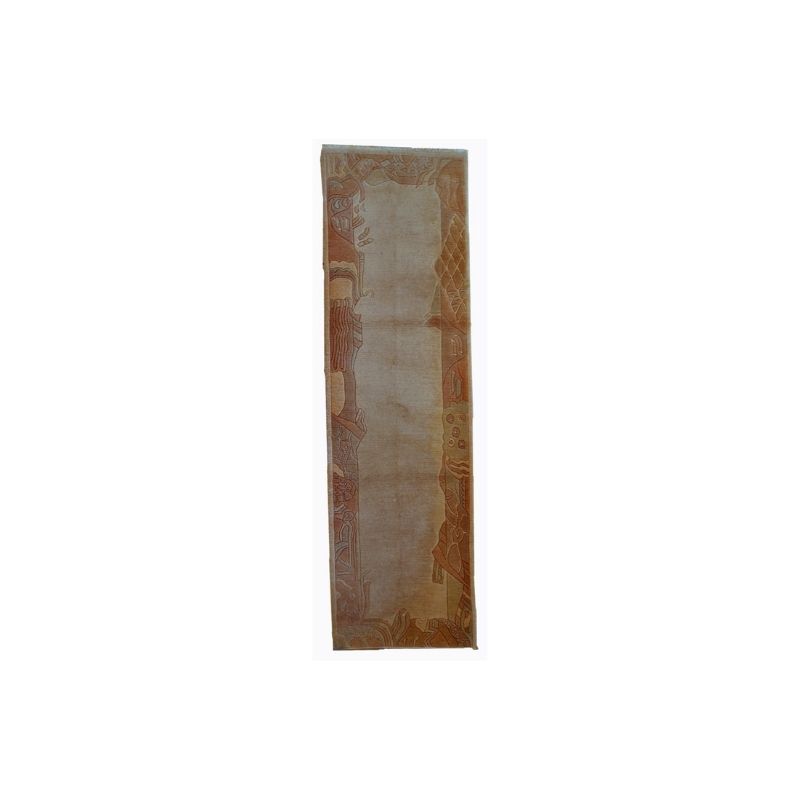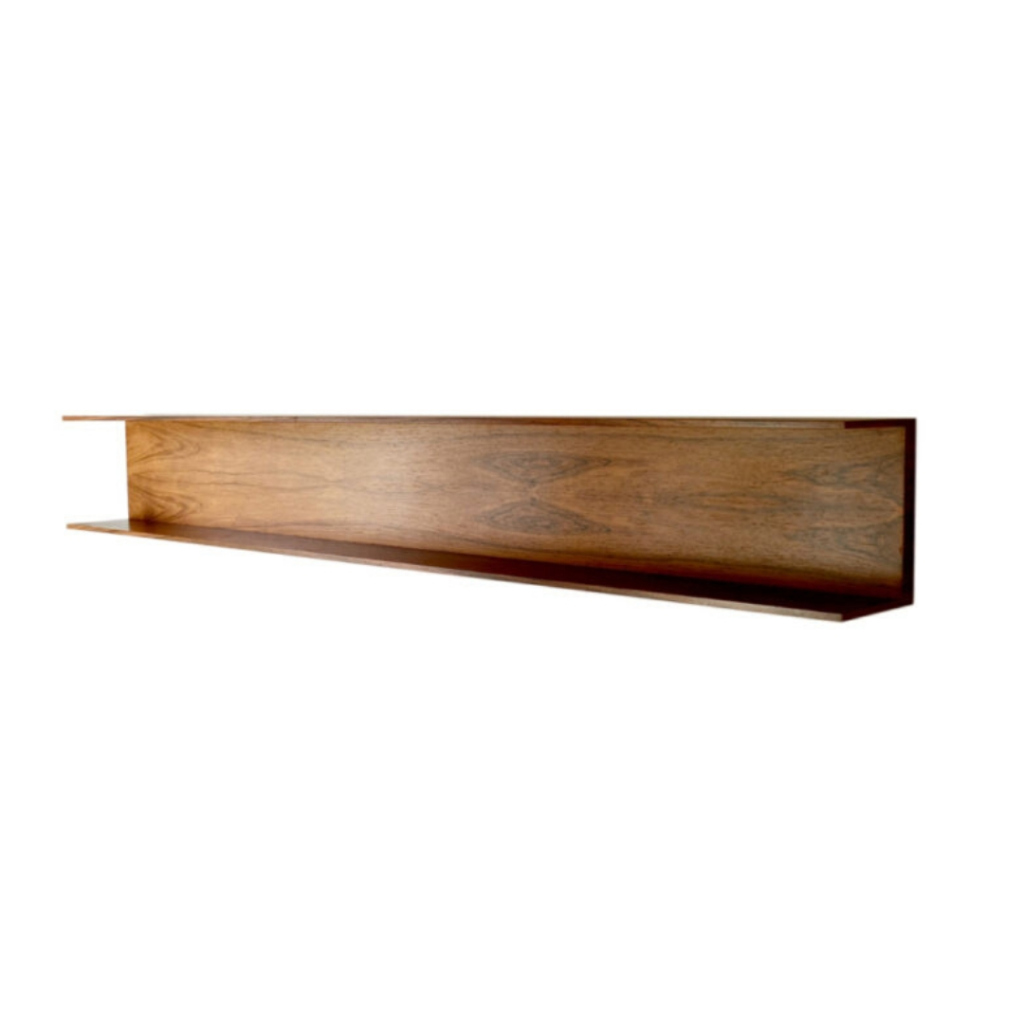A design of mine might be manufactured by someone who's in the process of producing a prototype of it. There's a good chance that it will be produced and introduced to the market. It would be my first experience with a manufacturer and I was wondering from all the experts on this forum on what the standard set up is between designer and manufacturer as far as payment is concerned.
1. Are designers still getting that 3-5% royalties percentage per unit and is that percentage based on the price that the manufacturer charges the retaill stores or the final price of the unit sold in the store to the customers?
2. Do designers only get paid if the design starts selling or is there any initial payment the desginer gets from the manufacturer?
3. Does the designer have a choice of keeping the rights to the design or it's automatically property of the manufacturer?
4. Where on the internet can designers go to to download these contract/agreement paperwork?
Thanks all in advance for any input on this!
Dan
Dear GuyinSF
The time that royalties were based on a flat percentage fee of 3-5% are long gone. The reason is quite simple. In some cases it is just not enough to cover the development costs in other cases (read: some office furniture manufacturers) the designer became millionaire with one office chair). Royalties are based on sharing part of the risk. The designer is awarded more if the product exceeds expectations and less if the product does not reach the established goals. So it is important to start with evaluating what these expectations are. Nobody puts a product on the market without having at least a rough idea of what to expect. The chosen technology, the ammortaizing of tooling etc. is all related to this "expected" result, so any manufacturer knows what to expect and when to call it a succes or a failure. At that expected quantity you should be paid for the design in a "normal fashion", meaning: hours x hourly rate + costs (traveling, outsourcing etc.) Basically you divide that total figure by the expected quantity. Needless to say that for the sake of this exercise, you want the expected quantity to be as low as possible and the manufacturer wants it as high as possible. This will inevitably lead to some negotiation in which you should arm yourself with figures of similar products and continiously ask the other side of the table to produce figures on past performance of similar products in their assortment.
Royalties are normally based on ex-works prices because nobody has real controle on retail pricing. My advise would be to use that percentage as a guide to negociate a fixed amount. The reason being that even ex-factory prices have the tendency to change. Wall-mart does not pay the same prices as an independant retailer. In most cases a number of other people are involved with different kinds of commisions etc. So it is quite complicated to keep track of these fluctuations. Keep it simple and agree on a fixed amount per product sold.
Of course you have the right and should ask for an advance on royalties. Not just because you made already the effort, but it also forces the company to go ahead with the product.If they have not invested in it, they can keep it on the shelf for quite some time...even if your contract specifies that the product has to be on the market within X (a reasonable time, considering tooling etc.) months. The temptation to put it on the shelf is less when they have a substantial amount invested in the product. Be careful with spending it, I have seen designers forced to pay royalties back because the product did not sell...
The intellectual property can not be tranfered so you are the owner of the design. What you transfer is the right to use that intellectual property. Make sure to have a good arrangement in case someone copies your design. Some manufacturers might stop paying your royalties on the basis that you can not defend your property and that they should not be penalized because of that.
cont.
Defending ones I.P. is expensive so make sure that the manufacturer is assisting you in it. I know this obligation to help you sounds a little bid strange, but the legal idea behind it is that the manufacturer puts your I.P. rights to risk by producing your product and should therefor share in the responsability to protect it.
I do not know of any standard contracts that you could download but there are a number of books, "Legal forms for designers" is one, and most national professional organisations (in your case IDSA Industrial Designers Society of America) have developed some type of standard contract. I will gladly send you mine, but it might not apply in the U.S.
One last point: never work with a company that you do not trust. Even so called watertight contracts will not stand the scrutiny of a talented lawyer, i.o.w. there is always a way out. In my most succesful royalty agreement, I just send a simple letter outlining a few conditions and I recieved a confirmation...it has worked well for the last 15 years... Good luck!
Thank you so much for your...
Thank you so much for your detailed reply Koen, I figured it would be you who would reply to my questions with good answers.
So back to what you said about agreeing with the manufacturer on a fixed amount for every unit sold, isn't that similiar to the royalties percentage? Can you advise me on what to negotiate for, let's say it's a mirror and the manufacturer plans to sell it to the retailers for $200 each, what do you think should be my cut?
I do like the idea of coming up with your own personal agreement and keeping it simple. Can you tell me what exactly should I include on this agreement based on what you have done with yours?
Thanks Koen!
Let me try with your example...
If the mirror retails in the specialty stores for $200 the ex-works is probably around $50. Let's base it on national distribution and expect that they can sell 5.000 mirrors a year. Which is a total of $250,000. Let's say that the design and development costs were $15,000 spread over 3years that would be $5,000/year or 2%. So...$1.00 per mirror is your royalty. I would not base it on more than 3 years (even if the royalties continue over many more years) because if succesful you will have competition....and this is common practice in the industry. If your manufacturer expect less, say 2,500 mirrors a year than it would be $2.00. etc. If many more are sold, than you start to benefit from the succes because the royalties do not change.
As for more details on the contract, I will get back to you, I will pul one out at the office.
From the Manufacturer's Point-of-View
Koen's advice is great...and right on.
But let me add a couple things. The short answer is: it depends. The long answer is if the designer has made a completely resolved design and created his own prototype together with grinding his own production tooling and created believable market research...the rate would be higher than if a designer walks in to an office and tacks a sketch to the cork board with a: Voila!
I've been on both sides. I"ve paid royalties and I've received design royalties. If this is a test product or a small company...you might be better off on a work-for-hire arrangement and just be paid a design fee.
To me, it seems the day of licensed products is a setting sun for all except mass market goods from evergreen selling design names. From the manufacturer's view....It is just too much trouble for too little return.
Thanks Cracker and Koen...
Thanks Cracker and Koen again for your input. I'm not sure how you got to the $1 amount, the formula is hard for me to understand and I don't know what "ex-works" means. Is this the formula that you and other established designers, say...Patricia Urquoila use with manufacturers too? So for me to use this approach, I would have to ask the manufacturer to come up with some numbers and a certain expectation? That sounds like it would take them some time before an contract could be written up. Also the $1 amount sounds very low and what would the company pocket each mirror compared to my $1?
Question fo you Cracker:
How does one come up with the design fee, I'm referring to your statement...
"you might be better off on a work-for-hire arrangement and just be paid a design fee."
Thanks!
I agree...
First of all there is of course a huge difference between selling a production ready design and a "concept".
I also agree that the best arrangement is to agree on an hourly fee and on the number of hours that will be spend on the design. Royalties are certainly not the best system, those who do well with it like it of course but it is always difficult to manage.
Sometimes, a certain design j...
Sometimes, a certain design just clicks in my head and within 10 seconds, I have a full realization of the design thought out and 25 minutes later, the design is fully rendered with details and specs on paper.
If I use the hourly rate to charge the manufacturer, then I'm not even getting an hour's worth of pay?
The scenario that I just described doesn't even keep in consideration that the 10-second design can be 100 times better than some of my other designs that took me weeks and or even months to perfect.
Hi
Two things. First of all an idea is not a design, so yes you can generate an idea in a few seconds but to design takes a lot more time. Secondly you have to keep in mind a simple statistic: between 2-4% of the products that are "designed" reach succesfully the market. In other words you have to design more than 25 "designs" to have one that gives you an income. Of course professional designers have a much higher succes rate but they spend much more time on the product to...
An advance on royalties of $2,500 to $5,000 sounds reasonable to me...depending on the value of the product
If you need any help, please contact us at – info@designaddict.com









